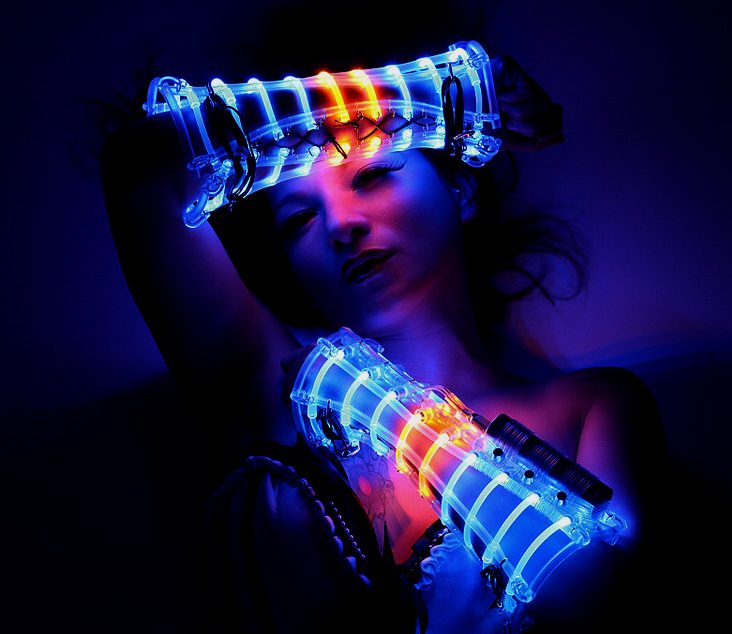|
KULO LUNA LED LIGHT PENS ABOUT - AGENTS - CHAPTERS - CHARACTERS - CONTACTS - DONATE - FOUNDATION - FUNDING - HOME - SCRIPTING - WHALING - A-Z INDEX
Humpback whale pens with a built in LED torch. These beautiful writing instruments are to complement our ocean awareness efforts and help us raise funds to get a well written script for a Kulo Luna film proposal. They will be available in royal navy and ocean blue colours as per these samples. Copyright © Jameson Hunter December 16 2018.
Pens and other memorabilia will be available at selected outlets once this ocean awareness adventure is released. All proceeds are to go to help fund ocean conservation and renewable energy research.
These pens could form part of Crowd Funding packages to include ceramic mugs and T shirts, should the Foundation need additional help to raise monies for future ocean awareness campaigns. It's not easy coming up with an event to draw attention to the state of our oceans. We believe that a film that focuses the audience up on climate change and marine litter will herald another notch on the belt in the fight to save our marine life.
These pens are so beautiful you will want to write with them. What you write with the will be inspired in part from what they stand for. They are a guiding light at night when you can't find the keys or the lock. They say something about you, that you care about the environment and marine life.
Kulo Luna is the humpback whale that stands her ground against pirate fishermen. These pens carry a picture of the giant whale so that you are connected to the ocean and this heart warming story wherever you are.
HENRY FORD: Just like the Model T Ford, you can have these pens in any colour you like, so long as it's blue. Copyright © Jameson Hunter December 16 2018.
LEDs - Light emitting diodes have revolutionized the way we use energy to see in the dark. Copyright pen designs © Jameson Hunter and Cleaner Ocean Foundation November 28 2018. All rights reserved.
Thomas Edison (USA) and John Swan (UK) came along to give us the incandescent bulb, which made it possible to light our homes without flames, drive fast cars at night safely, guide aircraft to a safe landing and show ships a safe passage.
John Swan is thought to have beaten Edison to the punch, but mysteriously fell from a train, leaving the path clear for the well known American inventor, though the High Court ordered them to work together. Hence the Edison Swan Lighting Company. Today we have LED lighting, which is not only brighter and smaller for the same light output, but also more efficient. LED lights are replacing fluorescent tubes as well as halogen and other incandescent filament bulbs.
.. ABOUT LIGHT EMITTING DIODES - LEDs
A
light-emitting diode (LED) special (two-lead) is a kind of diode
that glows when electricity passed through it; it is a
semiconductor light source. An LED resembles a basic pn-junction
diode, which emits light when activated. When a fitting
voltage is applied to the leads, electrons are able to
recombine with electron holes within the device, releasing
energy in the form of photons. This effect is called
electro-luminescence, and the color of the light
(corresponding to the energy of the photon) is determined by
the energy band gap of the semiconductor.
An LED is often small in area (less than 1 mm2) and integrated
optical components may be used to shape its radiation pattern.
Early
LEDs were often used as indicator lamps for electronic
devices, replacing small incandescent bulbs. They were soon
packaged into numeric readouts in the form of seven-segment
displays, and were commonly seen in digital clocks.
DOMESTIC
POWER CONSUMPTION & SUSTAINABILITY
ENERGY
CONSUMPTION
AUTOMOTIVE LED HEADLAMPS
Automotive headlamp applications using light-emitting diodes (LEDs) have been undergoing very active development since 2004. The first series-production LED headlamps were factory-installed on the Lexus LS 600h / LS 600h L presented in 2007 for 2008 models. Low beam, front position light and sidemarker functions are performed by LEDs; high beam and turn signal functions use filament bulbs. The headlamp is supplied by Koito. Full-LED headlamps supplied by AL-Automotive Lighting were fitted on the 2008 V10 Audi R8 sports car except in North America. The Hella headlamps on the 2009 Cadillac Escalade Platinum became the first US market all-LED headlamps.
Designs as of MY2010, such as those available as optional equipment on the 2010 Toyota Prius, give performance between halogen and HID headlamps, with system power consumption slightly lower than other headlamps, longer lifespans and more flexible design possibilities.
MARINE LIFE - This humpback whale is one example of a magnificent animal that is at the mercy of human activity. Humans are for the most part unaware of the harm their fast-lane lifestyles are causing. We aim to change that by doing all we can to promote ocean literacy. The Kulo Luna story is one of our initiatives to promote ocean issues.
This website is provided on a free basis as a public information service. Copyright © Cleaner Oceans Foundation Ltd (COFL) (Company No: 4674774) 2019. Solar Studios, BN271RF, United Kingdom. COFL is a charity without share capital.
|








